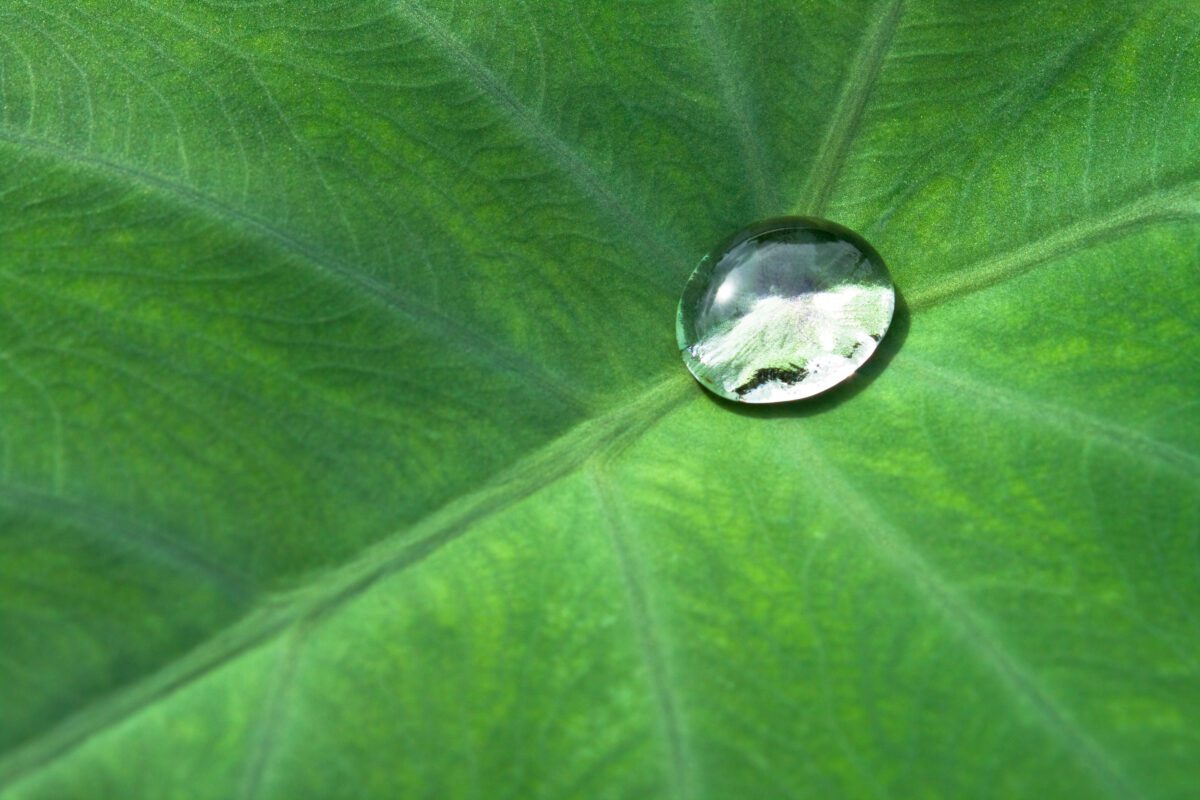Introduction – Evaluation of the ocular irritation – GREENQUAT®BT
Eye irritation is a combination of complex events impacting different tissues, such as cornea, conjunctiva, iris. It was also seen that irritation can be associated in the cornea with the depth of injury itself linked to cytotoxicity of the agent (Maurer, 2002) and that this kinetic of penetration following topical contact is difficult to evaluate. Assessment of the acute potential eye irritation is therefore included in international regulatory requirements for the testing of chemicals.
The Draize eye irritation test (Draize et al., 1944) became a governmentally endorsed methodology (OECD, 2002), which involves a standardized protocol for instilling materials onto the cornea and conjunctiva of rabbits. But significant levels of variability were observed since the test is based on a subjective (visual) scoring procedure (Weil and Scala, 1971) and moreover the test causes considerable discomfort and pain to animals; it is also recognized that the response in the rabbit is not always predictive of that found in humans (Curren and Harbell, 2002). Taken together, both ethical and scientific reasons stimulated the development and validation of several alternative in vitro methods to assess eye irritation (Curren and Harbell, 1998; Balls et al., 1999; Worth and Balls, 2002).
The HCE Eye Irritation Test Liquid (EITL) has been validated in a study coordinated by L’Oreal for which its relevance and reliability have been demonstrated (Alépée et al., 2016a) and subsequently independent peer reviewed by the European Union Reference Laboratory for Alternatives to Animal Testing (EURL ECVAM) Scientific Advisory Committee (ESAC opinion No. 2016-02). This method has been accepted in the OECD Test Guideline No. 492 and it is recommended to identify liquid/viscous chemicals that do not require classification for eye irritation or serious eye damage according to United Nations Globally Harmonized System of Classification and Labelling of Chemicals (UN GHS).
These models are generally reconstructed from human epidermal or corneal cells (primary or immortalized). Under appropriate conditions, the epithelial cells stratify and differentiate into three- dimensional non-keratinized structures after seeding on a specialized substrate. Histologically, the construct appears as a multilayered, stratified epithelium with an overall thickness of 60 μm, similar to that of the normal human corneal epithelium (Nguyen et al., 2003). Test materials are applied directly on the epithelial tissue for a specified period of time and injury can be assessed by monitoring changes in cell viability (cytotoxicity), histology and/or the release of specific cytokines.

